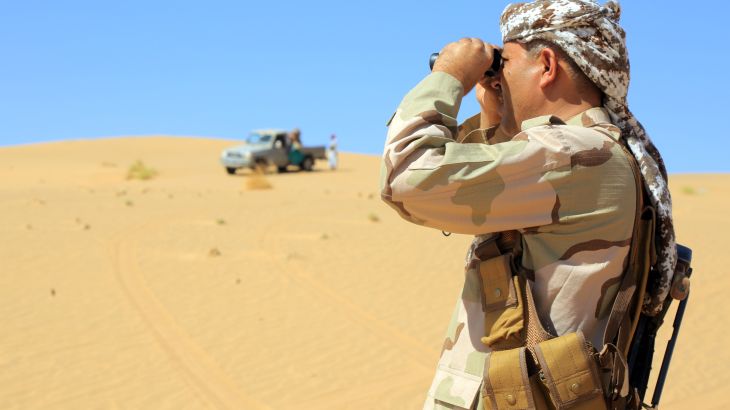
Is there any hope of an end to Yemen’s war?
On Tuesday, March 27 at 19:30 GMT:
In this episode of The Stream, we’ll look at the latest developments in three countries.
Yemen’s prospects for peace
UN special envoy to Yemen Hans Grundberg says things are moving “in the right direction” in an eight-year war that has left millions of people facing life-threatening hunger, after the country’s internationally-recognised government and opposition Houthi leaders each agreed to release hundreds of detainees.
The prisoner exchange deal announced on March 20 follows a bilateral agreement between Saudi Arabia, which leads a military coalition for the government, and Iran, which is supporting the Houthis.
But Yemenis who are enduring what UN agencies call one of the world’s worst humanitarian crises are cautious about the prospects for lasting peace, despite the Saudi-Iranian rapprochement. While the UN hopes to broker a fresh truce deal that has largely held since it expired in October, an outbreak of deadly fighting in the oil-rich Marib province on March 21 has undermined diplomatic efforts.
We’ll look at what the prisoner exchange and the Saudi-Iranian deal means for the future course of the war in Yemen.
Protests in Kenya
Hundreds of people in Kenya have joined demonstrations over rising costs of essential food and fuel, in the first major outbreak of anti-government dissent since President William Ruto took office.
Police fired tear gas at protesters who gathered in Nairobi on March 27 in response to a call by opposition leader Raila Odinga. At least one person was killed in Kisumu. A week earlier, police killed a student and arrested more than 200 demonstrators as they sought to quell protests in the capital and other cities and towns. Lawmakers from Odinga’s One Kenya Coalition Party were among those detained.
Kenya’s deputy president Riagthi Gachagua has implored protesters to “end the mayhem and chaos”. But Odinga, who lost the August presidential election to Ruto, is urging supporters to join further protests in the days to come.
We’ll look at what’s behind the demonstrations and ask what lies ahead.
Peru’s uncertain future
Peru recently saw weeks of anti-government protests in the capital Lima and regional cities that made international headlines. But simmering discontent over unresolved political questions remains.
Thousands of people joined demonstrations that began in December when then-president Pedro Castillo was removed from office by Congress and subsequently arrested on rebellion and conspiracy charges. After police and soldiers killed dozens of protesters supporting Castillo, demonstrators urged caretaker president Dina Boluarte to resign.
Boluarte has so far weathered the calls to step down, but there is resentment among marginalised Peruvians who want fresh elections and constitutional reform – proposals voted down by Congress. Peru has had seven presidents since July 2016.
We’ll examine the mood in Peru in the immediate wake of the biggest protests in years and ask what may be around the corner.
In this episode of The Stream, we are joined by:
Afrah Nasser, @Afrahnasser
Non-resident Fellow, Arab Center Washington DC
arabcenterdc.org/team/afrah-nasser
Patrick Gathara, @gathara
Journalist and political commentator
gathara.blogspot.com
Mariana Sanchez, @marsanaiz
Correspondent, Al Jazeera